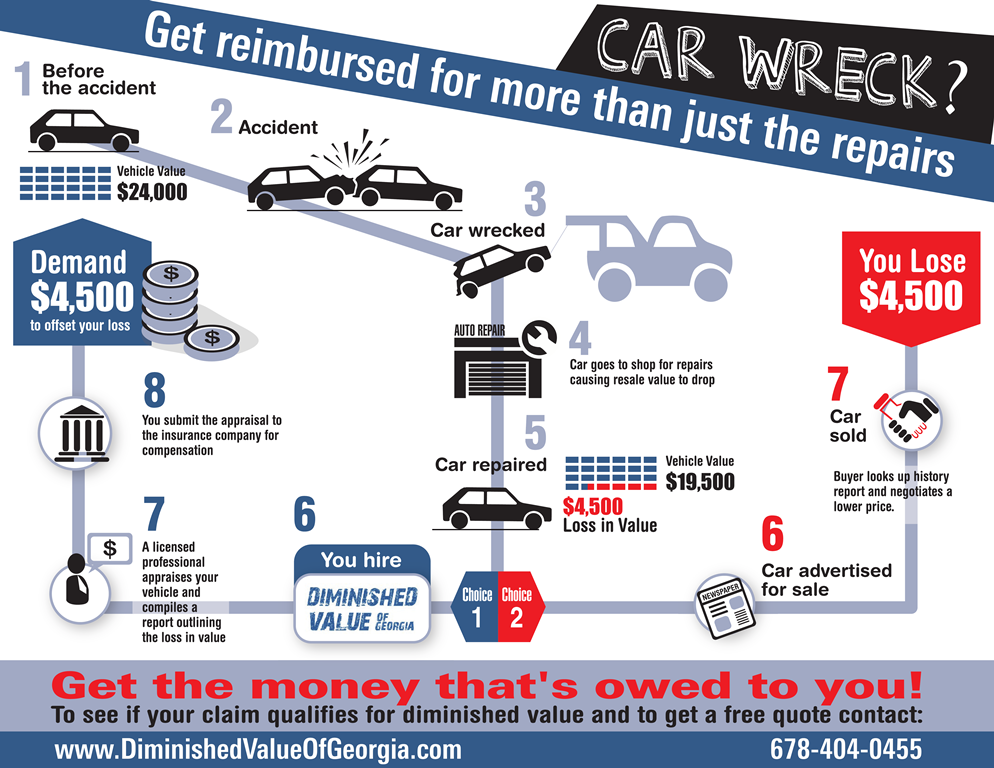Wondering About The Definition Behind Those Control Panel Caution Lights? Gain Understandings Right Into Their Implications For Your Car'S Security And Maintenance
Wondering About The Definition Behind Those Control Panel Caution Lights? Gain Understandings Right Into Their Implications For Your Car'S Security And Maintenance
Blog Article
Produced By-Lim Forbes
When you lag the wheel, those radiant warning lights on your control panel can be a bit complicated. Do you understand what they're trying to inform you concerning your vehicle's wellness? Comprehending the relevance of these lights is crucial for your security and the long life of your vehicle. So, the following time one of those lights appears, wouldn't you wish to decipher its message precisely and take the needed steps to resolve it?
Common Warning Lights and Interpretations
Determine common caution lights in your cars and truck and comprehend their definitions to make certain secure driving.
The most common caution lights include the check engine light, which signals concerns with the engine or emissions system. If this light comes on, it's crucial to have your car examined without delay.
The oil pressure cautioning light shows low oil pressure, needing prompt focus to avoid engine damage.
A flashing battery light might recommend a defective billing system, possibly leaving you stranded if not dealt with.
The tire pressure monitoring system (TPMS) light signals you to low tire stress, affecting lorry security and fuel performance. Disregarding this can result in dangerous driving problems.
The ABS light shows a trouble with the anti-lock braking system, jeopardizing your capability to stop promptly in emergency situations.
Last but not least, the coolant temperature level alerting light warns of engine getting too hot, which can lead to severe damages if not solved promptly.
Understanding these common caution lights will certainly help you resolve concerns promptly and keep safe driving problems.
Relevance of Prompt Interest
Understanding the usual caution lights in your automobile is just the first step; the relevance of quickly dealing with these cautions can't be emphasized enough to ensure your safety when traveling.
When a warning light illuminates on your dashboard, it's your cars and truck's means of communicating a prospective issue that needs interest. Ignoring these cautions can cause extra severe troubles later on, jeopardizing your security and possibly costing you a lot more out of commission.
https://caidenmgbwq.mybuzzblog.com/11752928/discover-exactly-how-environment-friendly-vehicle-detailing-items-can-elevate-your-lorry-s-shine-while-safeguarding-the-earth-find-the-lasting-choices-awaiting-you to alerting lights can stop breakdowns and accidents. For instance, a blinking check engine light can indicate a misfire that, if left ignored, could cause damage to the catalytic converter. Addressing good car wash near me can save you from an expensive repair work.
In a similar way, a brake system cautioning light may signify reduced brake fluid or used brake pads, vital components for your safety and security when driving.
DIY Troubleshooting Tips
If you see a caution light on your control panel, there are a couple of DIY fixing pointers you can attempt prior to looking for specialist help.
The very first step is to consult your auto's guidebook to recognize what the details caution light suggests. Sometimes the problem can be as basic as a loosened gas cap triggering the check engine light. Tightening the gas cap may fix the problem.
An additional common problem is a reduced battery, which can trigger various warning lights. Checking the battery links for deterioration and ensuring they're safe and secure may repair the problem.
If a warning light lingers, you can try resetting it by detaching the vehicle's battery for a couple of minutes and after that reconnecting it. Furthermore, inspecting your automobile's liquid degrees, such as oil, coolant, and brake fluid, can help troubleshoot warning lights connected to these systems.
Conclusion
Finally, comprehending your cars and truck's caution lights is essential for keeping your car running efficiently and securely. By immediately dealing with these alerts and knowing what they indicate, you can stay clear of pricey repair work and potential breakdowns.
Keep in mind to consult your vehicle's handbook for specific information on each alerting light and act appropriately to make sure a hassle-free driving experience.
Remain educated, stay secure when driving!
